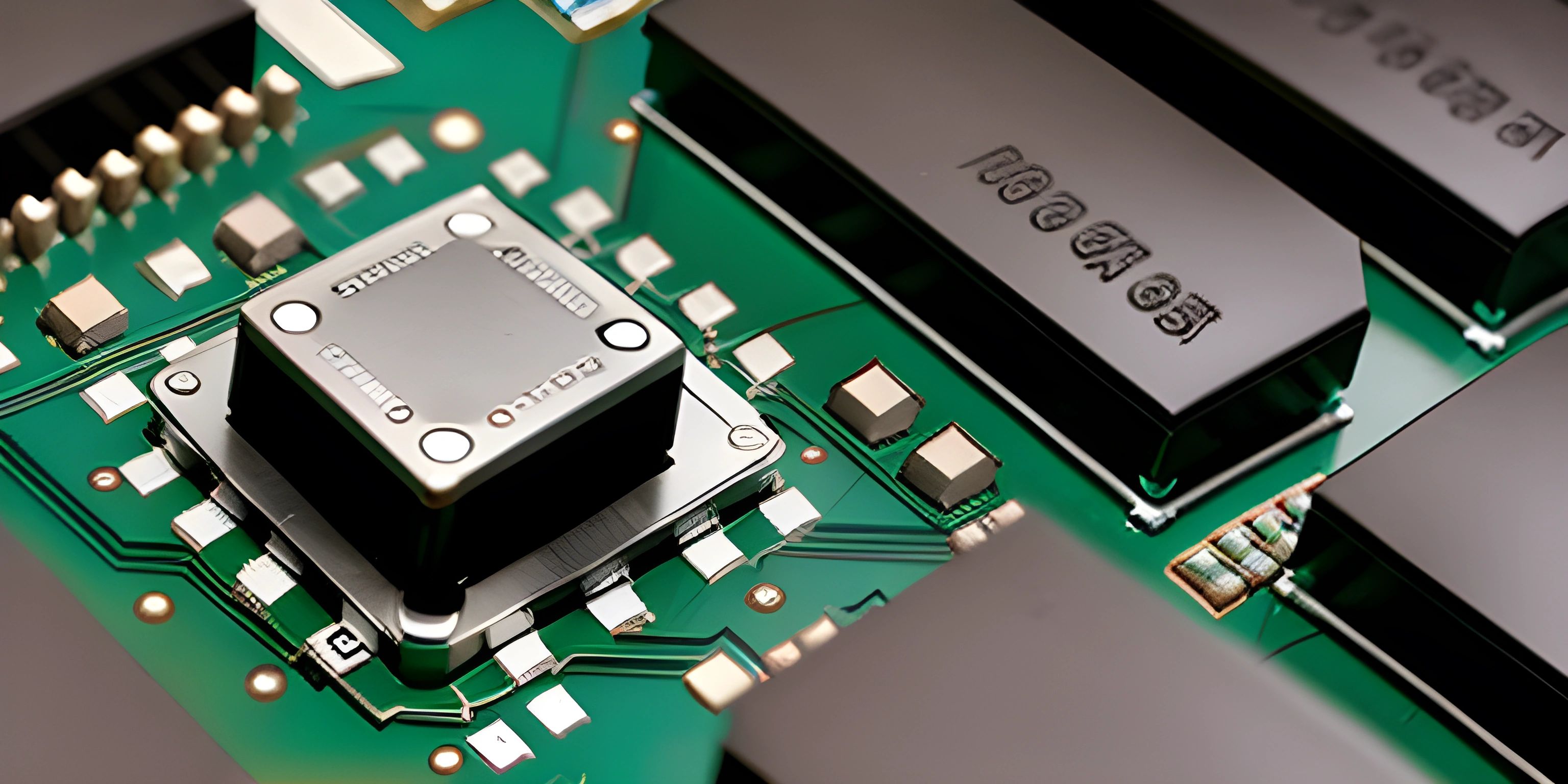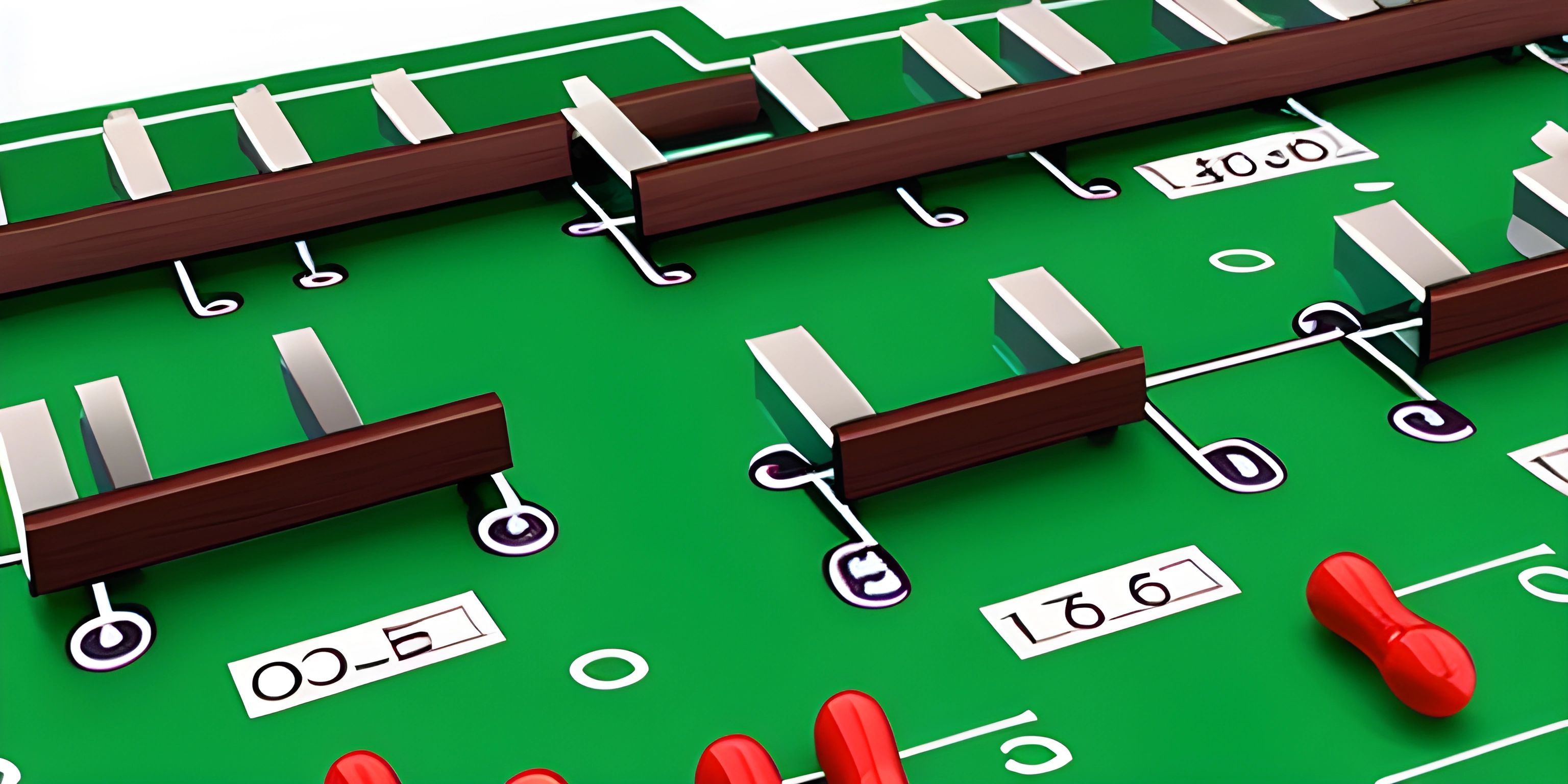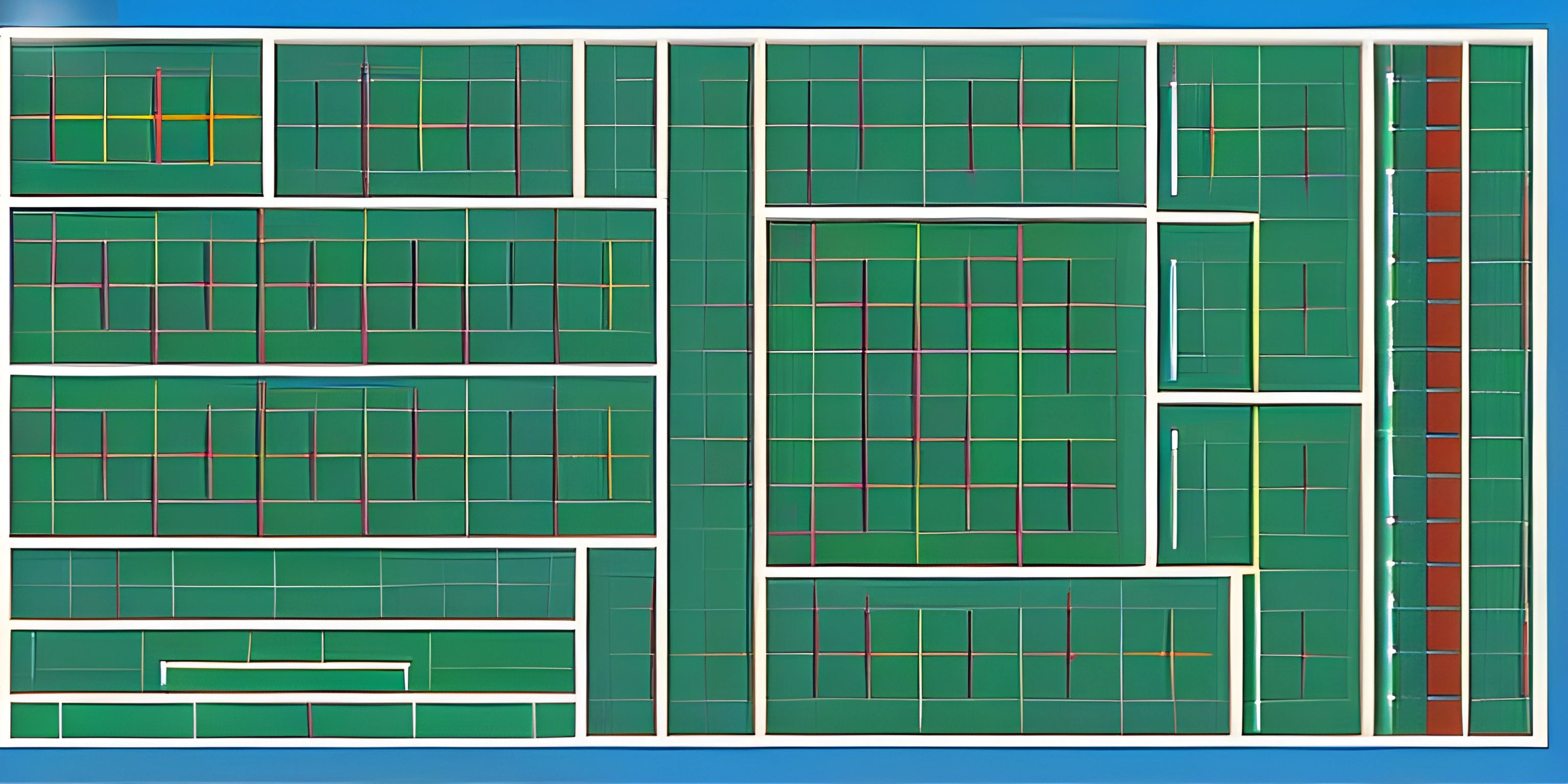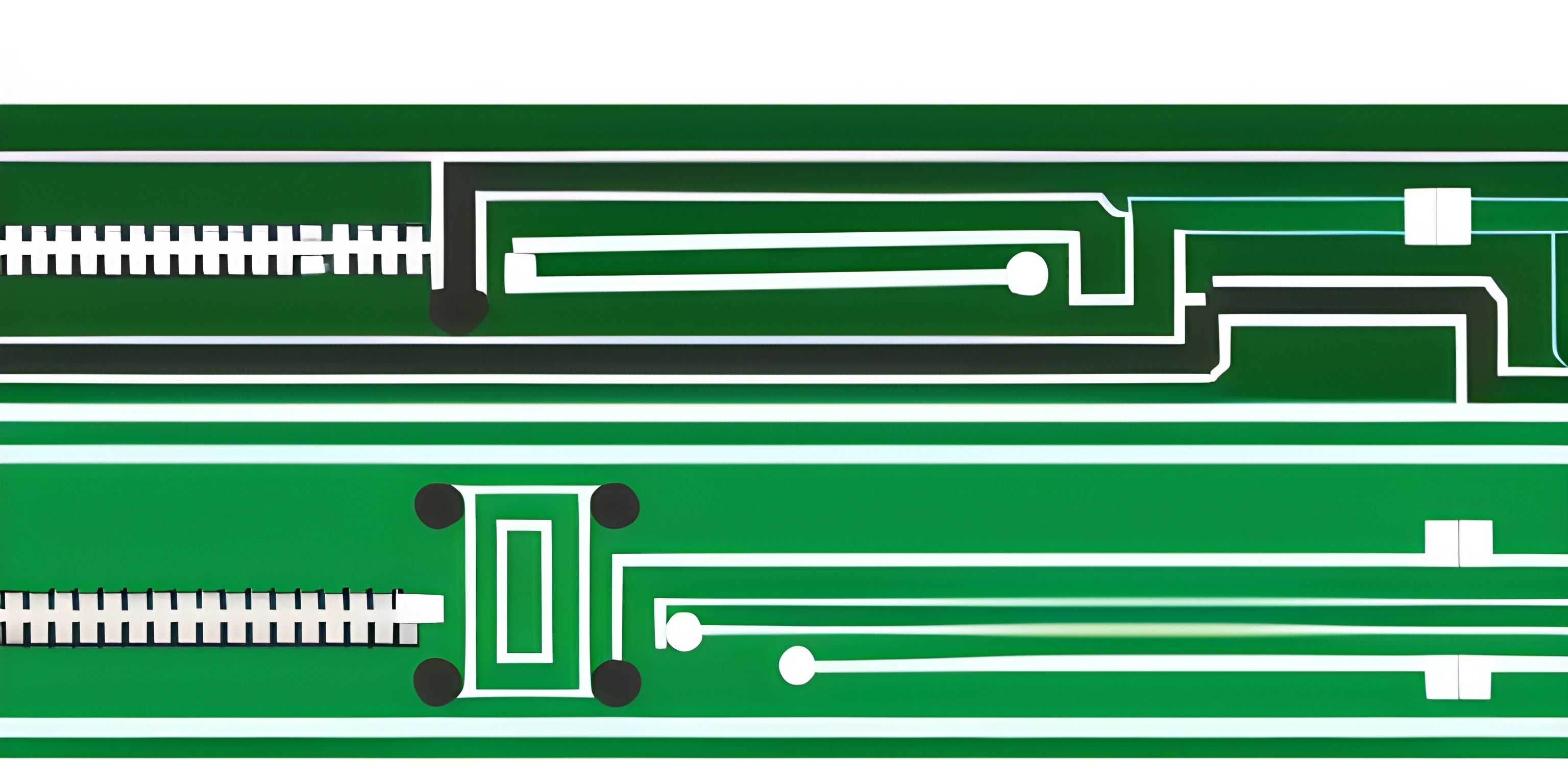The Control Unit: The Brain of the CPU
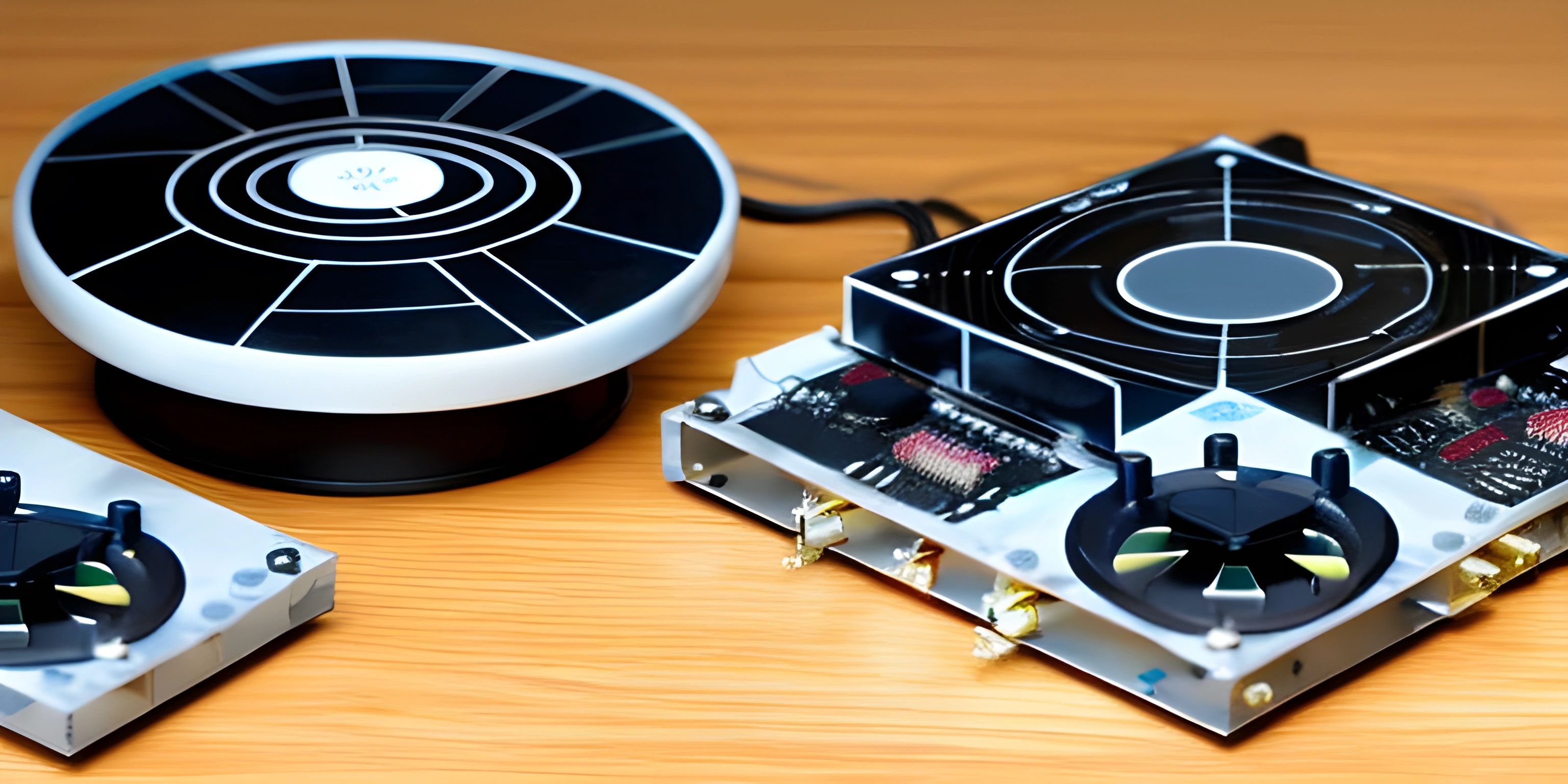
Note: this page has been created with the use of AI. Please take caution, and note that the content of this page does not necessarily reflect the opinion of Cratecode.
Take a moment to think about the human brain: a complex organ that controls and coordinates actions and reactions, allows us to think and feel, and enables us to have memories and feelings. Now, let's talk about an equivalent in the world of computers - the Control Unit (CU).
The Conductor of the Computational Orchestra
The Control Unit is very much like a conductor of an orchestra. It does not play an instrument itself, but it directs the activities of the other parts of the computer, ensuring they work in harmony.
The Control Unit is a vital part of the Central Processing Unit (CPU) - the heart and brain of a computer, where most calculations take place. Among other things, the CU takes instruction from the memory, deciphers what it means, and then directs the operation of the computer.
The Role of the Control Unit
In essence, the Control Unit manages and supervises the operations of the processor and the interactions with memory. It is responsible for fetching, decoding, and executing instructions.
Here's a simple example of how the Control Unit operates, using pseudocode:
LOAD value1 ADD value2 STORE result
In the above code:
- The Control Unit fetches the instruction
LOAD value1and directs the CPU to load the data stored in the memory location labeledvalue1into a register. - Next, it fetches
ADD value2and adds the data stored invalue2to the data in the register. - Finally, it fetches
STORE resultand directs the CPU to store the result of the addition into the memory locationresult.
The Control Unit's Significance
Without the Control Unit, your CPU could be compared to an orchestra without a conductor, a ship without a captain, a circus without a ringmaster. It's a central figure in the functioning of the CPU and, by extension, your computer.
The Control Unit is vital for ensuring instructions are carried out correctly and efficiently. It's also responsible for directing data flow within the CPU, and between the CPU and other components like memory and input/output devices.
Hey there! Want to learn more? Cratecode is an online learning platform that lets you forge your own path. Click here to check out a lesson: Rust Syntax (psst, it's free!).
FAQ
What is the role of the Control Unit within the CPU?
The Control Unit within the CPU acts as a manager or director. It fetches instructions from memory, decodes them to understand what is required, and then orchestrates the operation of the computer to execute these instructions.
How does the Control Unit work?
The Control Unit works by fetching an instruction from memory, decoding it to understand what is required, and then coordinating the CPU to execute the instruction. It does this by sending signals to different parts of the computer to carry out the necessary operations.
Why is the Control Unit important?
The Control Unit is crucial because it manages and coordinates the operations of the CPU and the interactions with memory. It ensures that instructions are carried out correctly and efficiently, directs the flow of data within the CPU, and between the CPU and other components like memory and input/output devices. Without it, the CPU couldn't function properly.

